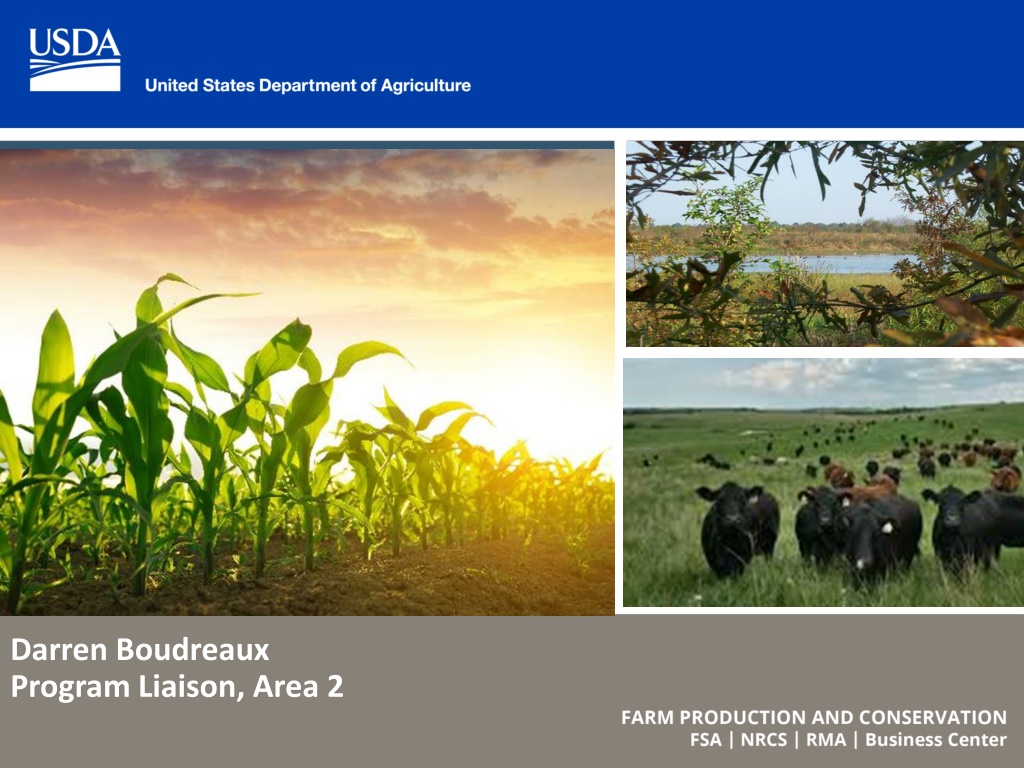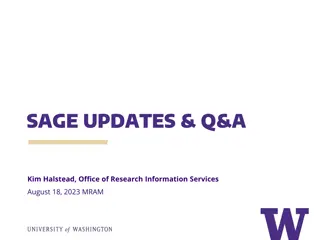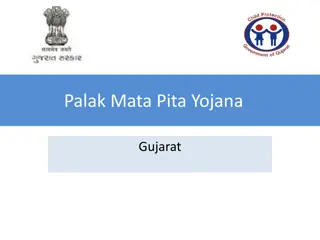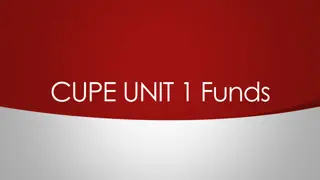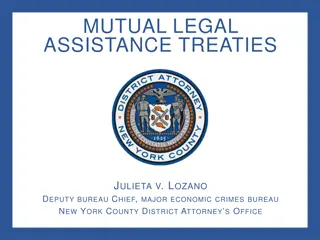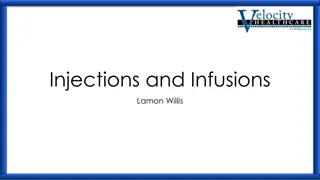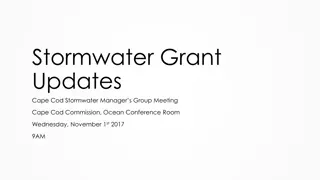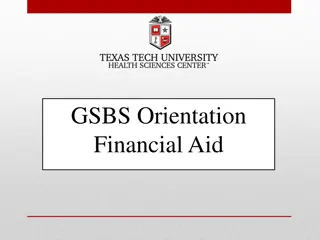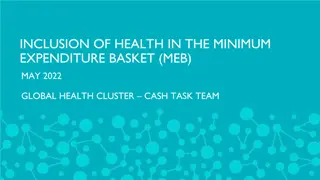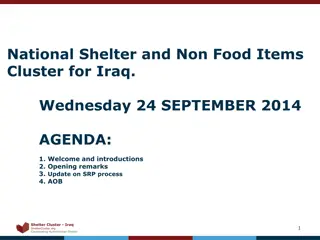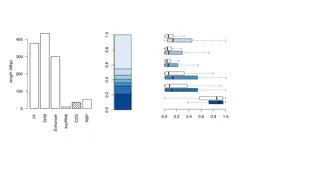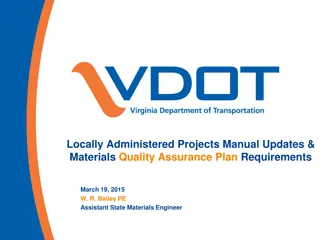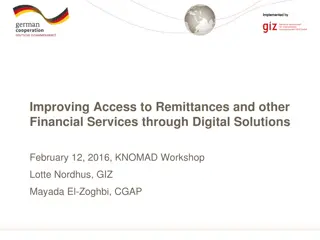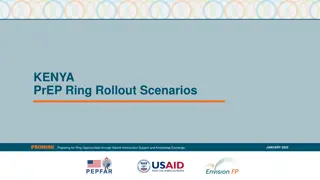Locally Led Process for Prioritized Financial Assistance Programs
Locally Led Process allows NRCS to engage stakeholders at the local level to identify and evaluate resource concerns effectively. Data collected is used to prioritize Financial Assistance program criteria. The process leads to the submission of prioritized resource concern data for local EQIP subaccounts, aiding in establishing funding priorities at both local and state levels. The program also emphasizes high-priority practices with increased payments to incentivize conservation actions with high potential impact.
Download Presentation

Please find below an Image/Link to download the presentation.
The content on the website is provided AS IS for your information and personal use only. It may not be sold, licensed, or shared on other websites without obtaining consent from the author. Download presentation by click this link. If you encounter any issues during the download, it is possible that the publisher has removed the file from their server.
E N D
Presentation Transcript
Darren Boudreaux Program Liaison, Area 2
Locally Led Process Allows NRCS to include all stakeholders in the identification and evaluation of resource concerns at the local level. Data collected through the locally led process, along with input from the State Technical Committee and Local Work Groups, is utilized when establishing Financial Assistance (FA) program priorities and application ranking criteria.
Locally Led Process Leading to Prioritized Locally Led Process Leading to Prioritized Financial Assistance Financial Assistance NRCS and SWCDs prioritize the collected resource concern data and submit for local EQIP subaccount Top Resource Concerns are used to build local EQIP subaccounts, specific to the parish top priorities. Producers provide resource concern information to NRCS and SWCD Local Work Groups Prioritized Local Funding Locally Led Meetings State Priority Resource Concerns are determined to use in State EQIP Subaccounts and to prioritize state funding. State Technical Committee State Prioritized Funding Locally Led Data is compiled across the state and is reviewed by the STC.
Example Local and State Subaccount Example Local and State Subaccount with Prioritized Resource Concerns with Prioritized Resource Concerns Statewide Master Farmer EQIP Subaccount* Acadia Parish Local EQIP Subaccount* Inefficient Irrigation Water Use Inefficient Irrigation Water Use Soil Organic Matter Depletion Inadequate Terrestrial Habitat for Wildlife Nutrients Transported to Surface Water Soil Organic Matter Depletion Classic Gully Erosion Plant Productivity and Health *Example Data in no particular order Livestock Feed and Forage Imbalance *Example Data in no particular order
Financial Assistance Program Updates
EQIP High Priority Practices EQIP High Priority Practices The 2018 Farm Bill authorize increased payments for up to 10 high priority practices through EQIP. Selection of practices to receive higher payment should incentivize conservation practices that have high potential for conservation benefit but are underutilized. A participant may receive an increased payment amount for a high priority practice: up to 90 percent of the incurred costs associated with materials, equipment for installation, labor, mobilization, or acquisition of technical knowledge; and up to 100 percent of the costs associated with income forgone.
FY23 EQIP High Priority Practices FY23 EQIP High Priority Practices 329 Residue and Tillage Management, No Till 338 Prescribed Burning 345 Residue and Tillage Management, Reduced Till 384 Woody Residue Treatment 386 Field Border 393 Filter Strip 420 Wildlife Habitat Planting 430 Irrigation Pipeline* 436 Irrigation Reservoir* 533 Pumping Plant* *Practices are only HPP when used as part of a tail water recovery system.
What is a Source Water Protection Priority Practice? What is a Source Water Protection Priority Practice? The 2018 Farm Bill provides for increased incentives for practices that relate to water quality and quantity and protect drinking water sources while also benefitting producers. A participant may receive an increased payment amount for a high priority practice: up to 90 percent of the incurred costs associated with materials, equipment for installation, labor, mobilization, or acquisition of technical knowledge; and up to 100 percent of the costs associated with income forgone.
Selecting SWP Priority Practices Selecting SWP Priority Practices A source water priority practice may be decided using the following criteria: Have a significant impact on either water quality or water quantity (or both if applicable), based on the threats to drinking water in the local priority area(s). Select practices that specifically address the source of the drinking water (ground vs. surface water systems). With respect to irrigation practices and water quantity consider whether water savings will actually be realized.
EQIP Source Water Protection Source Water Protection are identified areas for the protection of drinking water by implementing practices where source waters can be protected or improved. 329 Residue and Tillage Management, No Till 345 Residue and Tillage Management, Reduced Till 351 Well Decommissioning 386 Field Border 393 Filter Strip 430 Irrigation Pipeline* 436 Irrigation Reservoir* 447 Irrigation and Drainage Tailwater Recovery* 533 Pumping Plant* 590 Nutrient Management 10
LA FY2023 EQIP Funding LA FY2023 EQIP Funding Allocation Received: $21,169,342.00 State and Local Funds Gopher Tortoise Initiative Long Leaf Pine Initiative Mississippi River Basin Healthy Watersheds National Water Quality Initiative Migratory Bird Resurgence Initiative (MBRI) EQIP Incentives (CIC) $17,769,000 $723,185 $1,090,160 $1,336,997 $250,000 $800,000 $888,450 Total FY23 Applications Received to date: 2,381 Expected to fund approximately 30% of applications received in FY23.
LA FY2023 CSP Classic Funding LA FY2023 CSP Classic Funding Allocation Received: $12,200,000 State and Local Funds Long Leaf Pine Initiative Organic $11,800,000 $200,000 $200,000 Total FY23 Applications Received to date: 520 Expected to fund approximately 30% of applications received in FY23.
LA FY2023 IRA Funding LA FY2023 IRA Funding Total IRA Allocation Received: $7,196,205 IRA-EQIP IRA-CSP $2,327,738 $4,868,467 For EQIP-IRA and CSP-IRA, NRCS may only use IRA funds for contracts that include at least one core Climate Smart Agriculture and Forestry (CSAF) conservation practice or activity that directly improve soil carbon, reduce nitrogen losses, or reduce, capture, avoid, or sequester carbon dioxide, methane, or nitrous oxide emissions associated with agricultural production. Facilitating practices or activities that are needed to implement the core practice may also be included.
FY2023 IRA FY2023 IRA Core Practices Core Practices and and Enhancements Enhancements
LA FY2023 RCPP Projects LA FY2023 RCPP Projects Project: 2319 - Arkansas -Louisiana Conservation Delivery Network (CDN) Open Pine Landscape Restoration Lead Partner: American Bird Conservancy Allocation: $1,770,295 Project Summary: This project s goal is to restore and improve Forest Health for Wildlife Resources addressing wildlife habitat, fire management and water quality. By implementing open pine forest will advance recovery of declining wildlife and plant species of terrestrial forest habitat in Arkansas and Louisiana.
LA FY2023 RCPP Projects LA FY2023 RCPP Projects Project: 2134 - RSP Improving Water Quality - Using 590 Lead Partner: Ducks Unlimited, Inc. Allocation: $101,226 Project Summary: Nutrient loss from agriculture, particularly nitrogen and phosphorous contributes to over- enrichment of waterways, and loss of nutrients adding cost to producers. Using precision application of nutrients and a range of technology uses shows the benefits from grid soil sampling thus inspires future adoption the practice.
LA FY2023 RCPP Projects LA FY2023 RCPP Projects Project: 2274 - Mid-South Graduated Water Stewardship Program Lead Partner: USA Rice Federation Allocation: $327,895 Project Summary: This project is to decrease the use of the Mississippi River Alluvial Aquifers as a main source of irrigation for rice crop farmers. This projects helps facilitate adoption of on-farm practices and technologies. This project is a multi- step stage program to advance irrigation management, water conservation and improve waterways and wildlife habitat. Pr
LA FY2023 RCPP Projects LA FY2023 RCPP Projects Project: 2779 - Conjunctive Water Use Protects Mid-South Aquifers Lead Partner: Ducks Unlimited, Inc. Allocation: $2,400,000 Project Summary: Conjunctive water use is the coordinated use of ground and surface water resources. This project implements practices and systems to increase the availability use of surface water for irrigation. In addition, project is aimed to reduce the dependency on our Mid-South aquifers.
NRCS helps people make investments in their operations and local communities Financial + Technical Assistance USDA is an equal opportunity provider, employer, and lender. www.nrcs.usda.gov
